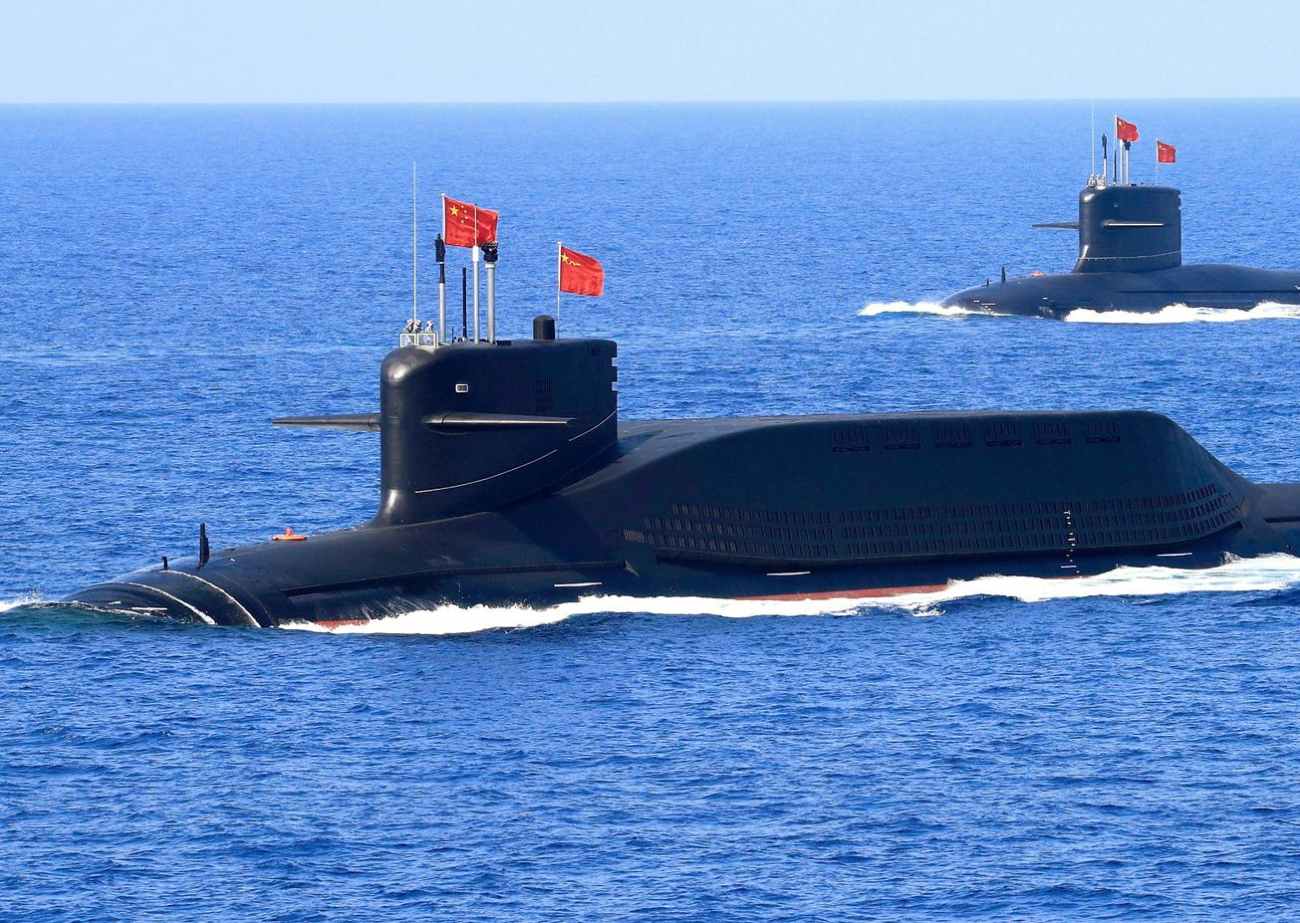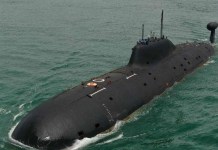In August 2023, unconfirmed reports swirled about a Chinese nuclear-powered submarine meeting a serious mishap while transiting the Taiwan Strait, and all hands were reportedly lost.
China’s Defense Ministry remained tight-lipped about it, but its defense minister Li Shangfu has become conspicuous by his absence from the public eye for two weeks now.
Experts observing China’s history do not find it unlikely that Beijing would try to keep the accident under wraps.
The US government believes that China’s Defense Minister is under investigation and has been stripped of his responsibilities as defense minister. The unexplained disappearance of the defense minister indicates brewing turmoil in the upper ranks of China’s ruling Communist Party.
It is still unknown if there is a correlation between the reported submarine mishap and the investigation against the Defense Minister.
There has been a change in the stance of the Taiwan Ministry of National Defense. Last month, the Taiwan MND said there was “no information to confirm” about the submarine mishap.
But this week, it responded that “this matter concerns sensitivity. It’s not for us to comment.” However, contrary to initial reports that suggested the accident happened in the narrow Taiwan Strait, the reports now indicate the disaster occurred in the Yellow Sea.
Major General Huang Wenqi, assistant deputy director of the Intelligence Office of the General Staff Headquarters of Taiwan’s Ministry of National Defense, said he would not comment on this as the relevant information is “absolutely confidential.” He added that “it is not convenient to disclose because of the sensitivity involved.”
The reports of the mishap concerning the Type 093 or Shang Class nuclear submarines, one of the most potent submarines in the PLA-Navy’s fleet, started on August 21. Some reports suggested that the entire crew of 100 onboard the vessel perished. China did not substantiate any of the reports. China has six Shang-class nuclear-powered submarines.

The Shang class is a family of Chinese second-generation nuclear-powered attack submarines (SSNs). The Chinese People’s Liberation Army Navy (PLA) has six of these submarine types in service that make up the backbone of its submarine fleets. The more advanced Chinese subs like the Type 093A and Type 093B SSNs are upgraded versions of the Type 093.
The reports of the submarine crash surfaced just days after Beijing launched large-scale military drills around Taiwan amidst months of heightened tension between China, Taiwan, and the US.
The experts the EurAsian Times spoke to said that knowing Beijing’s penchant for projecting strength, it will try to hide the incident. They added that incidents like these have a way of coming to the surface.
“The answer is it can hide but for how long – many Chinese disasters will give you a clue of how news is disseminated in a delayed manner,” the former commander-in-chief of both the Eastern and Western Naval Command Vice Admiral AB Singh told the EurAsian Times.
Another Indian Navy official said, requesting anonymity, that people would do good to remember how China initially tried to hide the Galwan clash despite numerous casualties on both sides.
China revealed the casualties of its soldiers in 2021, almost a year after the Galwan clash between Indian and Chinese troops along the Himalayan border. Besides this, the cover-up of the onset of the pandemic has shaken the world’s trust in China.
The official added: “But incidents like these cannot be hidden for long, especially if there have been casualties. This information of sinking (if it did) would probably already be available to intelligence agencies. Maybe it is a matter of time when it comes into the public domain.”
It has been proving difficult to ascertain the truth of the matter as there is a possibility that the submarine was submerged when the tragedy struck. It eluded the numerous satellites in the sky.
“If the submarine was submerged when it sank, then yes (it would evade satellites). But there are so many other ways through which a submarine’s absence would be felt. And if the mishap has happened in Taiwan strait, its depth is shallow and, in most parts divers, can also go down and investigate if the area is known,” the official added.
Among the signs that will lead to unraveling the mystery of a sunken submarine (if it happened) is the absence of crews and their families missing them. “Submarine not returning to base port, the number of submarines present there. These can be discerned by satellites,” the Indian Navy official concluded.
The Opaque World Of The Sea Leviathans
Submarine mishaps are the worst disasters as it is difficult to mount a timely rescue. The submarines are mostly voluntary arms in most of the world’s navies. The “isolation and prolonged periods of being without contact” are not meant for the faint-hearted. The crew is working in an altered environment.

Conventional diesel submarines must surface once every 24 hours to recharge their batteries. Nuclear-powered submarines (SSNs) can remain submerged for longer, making it very difficult to come to the crew’s aid should the need arise.
When submarines go out into the sea, they do a “Check” report, i.e., every 24 hours, they send out just one-word “check.” The frequency of making contact can be pre-decided. On sensitive missions, even this contact is not made. So, in an emergency, the crew is mainly on its own. It is still unknown what sort of mission the Chinese SSN was on.
Most recently, in 2021, an Indonesian submarine, KRI Nanggala 402, went missing with a crew of 53 on board. Before that, in November 2017, an Argentine submarine went missing with 44 crew members in the South Atlantic. Its wreckage was found almost a year later at 800 meters.
In early May 2003, the PLA Navy suffered its biggest peacetime military tragedy in Communist China’s history as an overloaded submarine operating off the nation’s northeast coast claimed the lives of 70 officers and crew members aboard.
In 2000, the Russian nuclear submarine Kursk suffered internal explosions and sank during maneuvers in the Barents Sea. Most of its 118-strong crew died instantly, but 23 men fled to a rear compartment before they later died, mainly of suffocation.
- Ritu Sharma has been a journalist for over a decade, writing on defense, foreign affairs, and nuclear technology.
- She can be reached at ritu.sharma (at) mail.com




